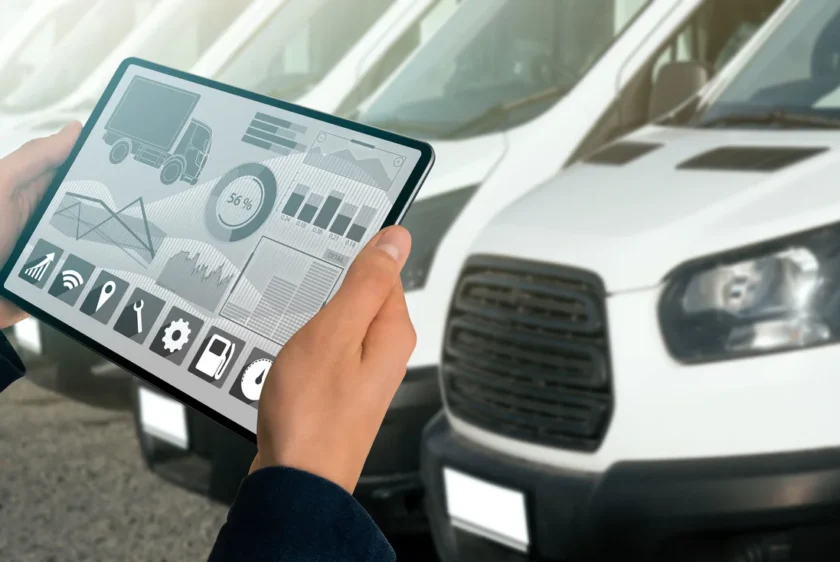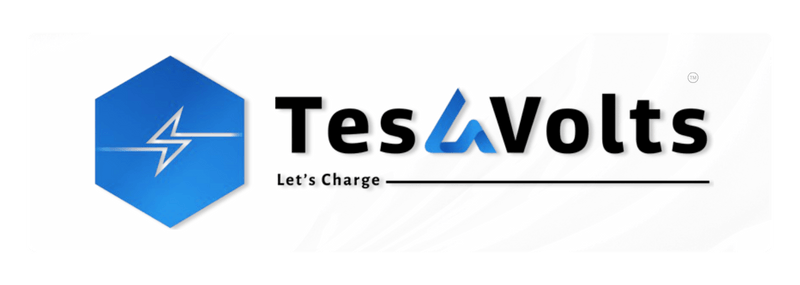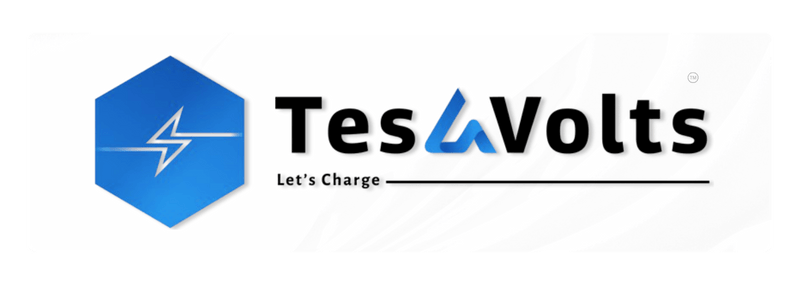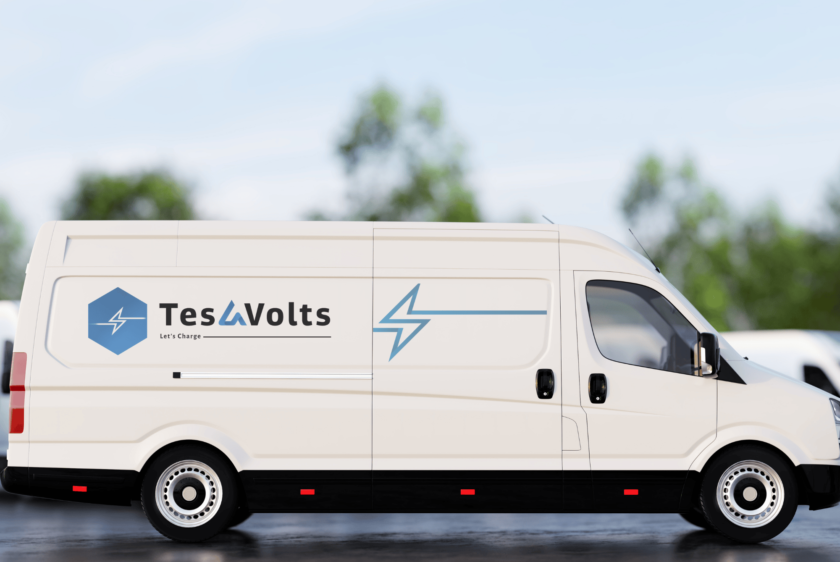Transitioning to an electric vehicle fleet is one of the major steps toward having a cost-effective, sustainable operation ready for the future. The shift from internal combustion engine vehicles to battery electric vehicles is gaining momentum as governments and businesses increasingly work to cut carbon emissions. But a successful transition of EVs needs thoughtful planning, investment in charging infrastructure, and a clear understanding of the total cost of ownership. Here’s how fleet operators can make this transition seamless and effective.
Understand the Benefits of Fleet Electrification
Beyond environmental advantages, there are several other reasons to justify fleet electrification. Electric vehicles allow for substantial savings on fuel and maintenance compared to internal combustion engine vehicles. EVs have fewer moving parts; thus, the long-term cost of maintenance is much lower, resulting in overwhelming savings throughout the life cycle of the fleet. Also, EVs will contribute to the sustainability objectives by reducing carbon emissions, thereby improving the reputation of a company.
Determine the Total Cost of Ownership
One of the most critical steps in the EV transition is understanding the total cost of ownership. While upfront costs for commercial vehicles may be higher, significant savings can be realized over time with EVs. In calculating TCO, fleet managers should consider the following:
- The upfront vehicle cost against any incentives or grants that may be available.
- Fuel savings to be had from switching to electricity instead of petrol or diesel.
- Lower maintenance costs because EVs have fewer repairs and routine services.
- Investment in charging infrastructure both at the company premises and through home charging solutions for the drivers.
Comparing these factors with the traditional ICE vehicles thus gives a better insight into long-term cost benefits.

Develop Charging Infrastructure Strategy
A proper charging infrastructure strategy should be put in place by the fleet operator, comprising on-site chargers, home charging options, and access to the public charging station for flexibility. The main things to consider here are:
- Site Surveys: Calculating the availability of power and determining the optimum positions for charge points.
- Type of Chargers: Identifying the requirement of slow, fast, or rapid chargers according to vehicle usage and downtime.
- Future Scalability: Consider a possible future scale-up according to the growth in the fleet.
A correct charging infrastructure makes the operation very effective and limits the downtime of vehicles so that every day, electric vehicles are ready to go on routes.
Align Vehicle Selection with Fleet Needs
The selection of appropriate EVs for specific fleet needs is very important. Consider the following:
Vehicle range: The EV’s battery capacity should be able to meet the daily mileage requirements.
Payload capacity: The vehicle should be able to carry cargo or equipment loads.
Charging time: Charging speed should be aligned with operational schedules to minimize delays.
For instance, fleet operators in delivery may need electric vans with fast-charging capabilities, while logistics operators running long-haul routes require electric trucks with large-capacity batteries.
Educate and Train Drivers and Fleet Managers
Switching to an EV fleet requires a cultural shift for drivers and managers alike. Training them in EV-specific operations, such as efficient driving techniques and charging etiquette, will help raise the rate of adoption and optimize vehicle performance.
Data and Fleet Management Tools
Fleet managers will be able to use telematics and data-driven insights to monitor fleet performance, optimize routes, and manage charging schedules with charge management tools. Real-time data provides insight into energy usage, charge levels, and the efficiency of the vehicle, which enables proactive decision-making.
Manage Range Anxiety with Strategic Charging Solutions
Range anxiety is one of the most common apprehensions among fleet operators. The well-distributed charging network with access to charging stations can help alleviate these concerns. Furthermore, smart charging technology ensures that the vehicles are fully charged during off-peak hours to reduce costs and maximize availability.
Explore Funding and Incentives
More often, governments offer grants, tax incentives, and rebates for such a shift in fleets. In any case, the fleet operator should study all the available programs for offsetting initial vehicle acquisition and charging installation costs.
Implement Gradually
Electrifying a fleet in phases can minimize disruption to operations. First, conduct a pilot with a small percentage of the fleet transitioned to EVs; measure performance metrics for cost savings, driver feedback, and operational impact. Use insights for an efficient broader rollout.

Emphasize Long-Term Sustainability Goals
Fleet electrification aligns with broader environmental and corporate responsibility goals. By committing to a long-term strategy for the adoption of EVs, businesses can help improve their brand reputation while reducing environmental impact and meeting future regulatory requirements.
The transition from ICE vehicles towards EVs in commercial sectors requires a lot of planning and strategic investments. By prioritizing the total cost of ownership, implementing robust charging infrastructure, and providing proper training, fleet operators can build a cost-effective, sustainable, and efficient electric fleet. At Teslavolts, our team are experts in EV charging infrastructure and ensure fleet managers have solutions that power their EV transition and future-proof their operations. Speak to our team today if you are looking to install ev chargers for your fleet.






